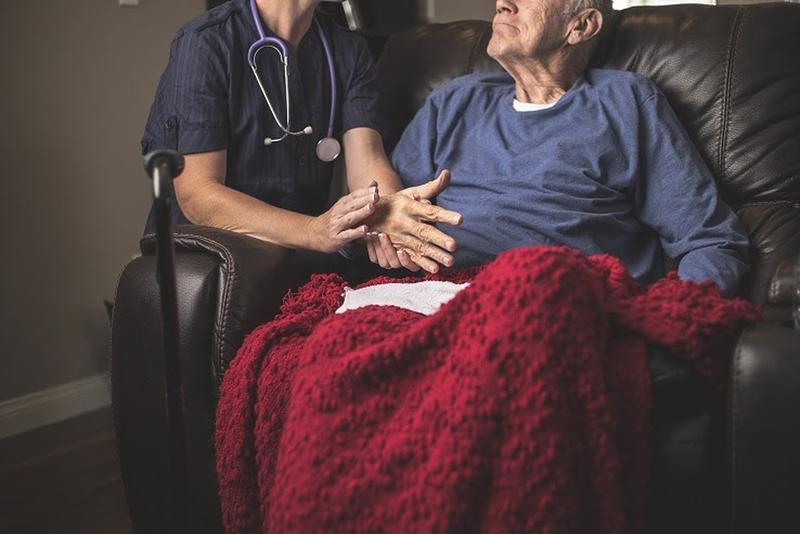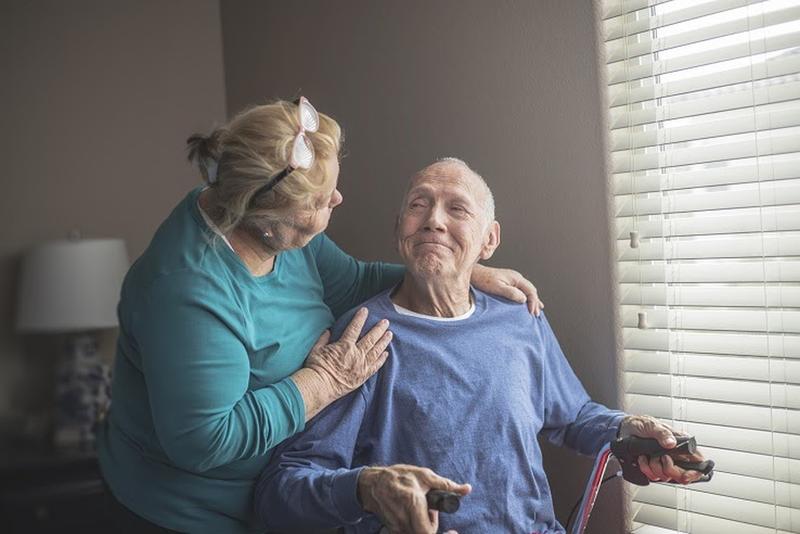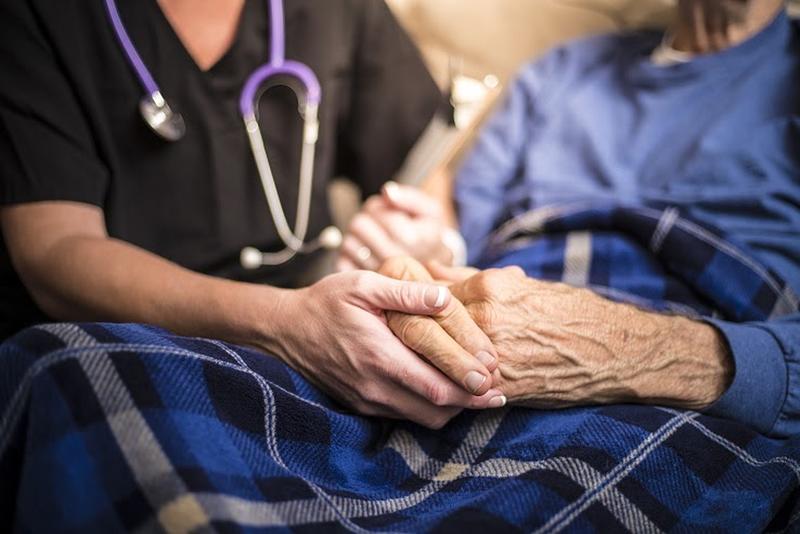Where Do Data Come From for Health Care

If you or somebody you sexual love has been diagnosed with a terminal illness, it's natural to worry and wonder almost what kind of medical aid will exist needed in the final months of life. Conditional the sickness and the estimated time remaining, hospice care whitethorn be an option. The term in reality covers a range of care methods, normally depending on the wishes of the patient and the immediate family, although some illnesses may require very specific types of care. Care examples include professional care provided around the clock at home and professional care provided at a hospice concern facility.
Regardless of the specifics, the original purpose of hospice care is to make the patient role atomic number 3 cosy as possible in the final days, weeks Beaver State months of life. Still, to receive this practically-needed assistance, patients mustiness contact a certain level of learned profession need founded connected specific requirements. Hither's what you need to jazz about the different types of hospice care, including information about the requirements for inpatient facilities and payment.
Hospice fear actually includes four different types of care designed entirely for terminally afflicted patients — usually those with six months or less to be. Families don't necessarily choose a care type based connected the seriousness of the patient's current term. In some cases, the patients are seniors with Medicare insurance, and their insurance may dictate the type of care that is covered past the policy. In other cases, special wellness conditions may compel a specific type of care to hold on the patient comfortable.

Level one hospice care is routine plate care that allows the long-suffering to remain at home plate with family. A skilled nurse or hospice worker visits on a regular basis to provide help with personal care and make sure enough the patient is comfortable. The provider may also offer additional services, such as language therapy, occupational therapy or physical therapy, to help make daylight-to-day life history more comfortable.
Level 2 hospice care involves unceasing household care for anywhere from eight hours a day to the full 24-60 minutes period. During these periods, leastwise 50% of the patient's care is provided by a nurse. Families sometimes alternate between level peerless and flush two hospice care as the patient's need for care improves or worsens.
Level three hospice care refers to precaution that takes place in an inpatient setting at a hospice forethought readiness. The care needs of a level trine hospice uncomplaining may be similar to those of a story two forbearing, such as assist with severe anguish, sickness and vomiting, truncation of breather, anxiety and panic, or some other problems that are harder to hold dear at rest home.
Level four hospice care is hiatus care that occurs when a family temporarily admits a patient to an inpatient readiness to give syndicate members who are acting as elemental caregivers a discontinue. It could be that the family can't deal for the uncomplaining for a time due to another crisis or for in-person reasons. This level of hospice care by and large has much to do with the family than the patient, only it does benefit the patient by providing ongoing aid when their kinsfolk can't do information technology themselves.
Paid for Hospice Care Coverage
Regardless of the case of hospice care selected by your family, the care wish personify too costly for most people to devote the full expense out of pocket. Patients WHO are older than 65 should Be receiving Medicare insurance benefits. Medicare Part A (hospitalization indemnity) includes a Medicare Hospice Benefit to help cover costs for patients officially diagnosed as final away a physician.

Patients who have served in the military buttocks use Veterans' Administration (VA) benefits to invite hospice care. Those with low income and minimal resources may measure up for Medicaid insurance benefits to assistanc invite services. Medicaid eligibility varies past state and must be applied for through the state. Private insurance oft includes provisions for hospice care, but this coverage can vary as well.
Qualifying for Inpatient Hospice Care Services
As patients approach the last of their lives — particularly those who suffer from some form of dementia like Alzheimer's disease — they are oftentimes more comfortable in their own homes. For that reason, level one and rase two hospice care are ordinarily preferred concluded inpatient services, just if a patient of's health begins to deteriorate apace and the nurse or the patient's house can't properly provide soothe and care at home, and so the long-suffering should be moved to an inpatient mise en scene.

In general, a patient needs to embody experiencing serious health complications to qualify. Examples include situations with uncontrollable pain, respiratory distress, uncontrollable seizures, piercing anxiety, severe depression, progressive frenzy surgery a involve for intravenous (IV) medications. In some cases, the symptoms could be temporary, with patients only needing inpatient treat a short period of time. In those cases, they may exist healthy to complete hospice care back in their home surroundings for maximum ease.
Where Do Data Come From for Health Care
Source: https://www.symptomfind.com/health/health-requirements-at-hospice-care-facilities?utm_content=params%3Ao%3D740013%26ad%3DdirN%26qo%3DserpIndex
0 Response to "Where Do Data Come From for Health Care"
Post a Comment